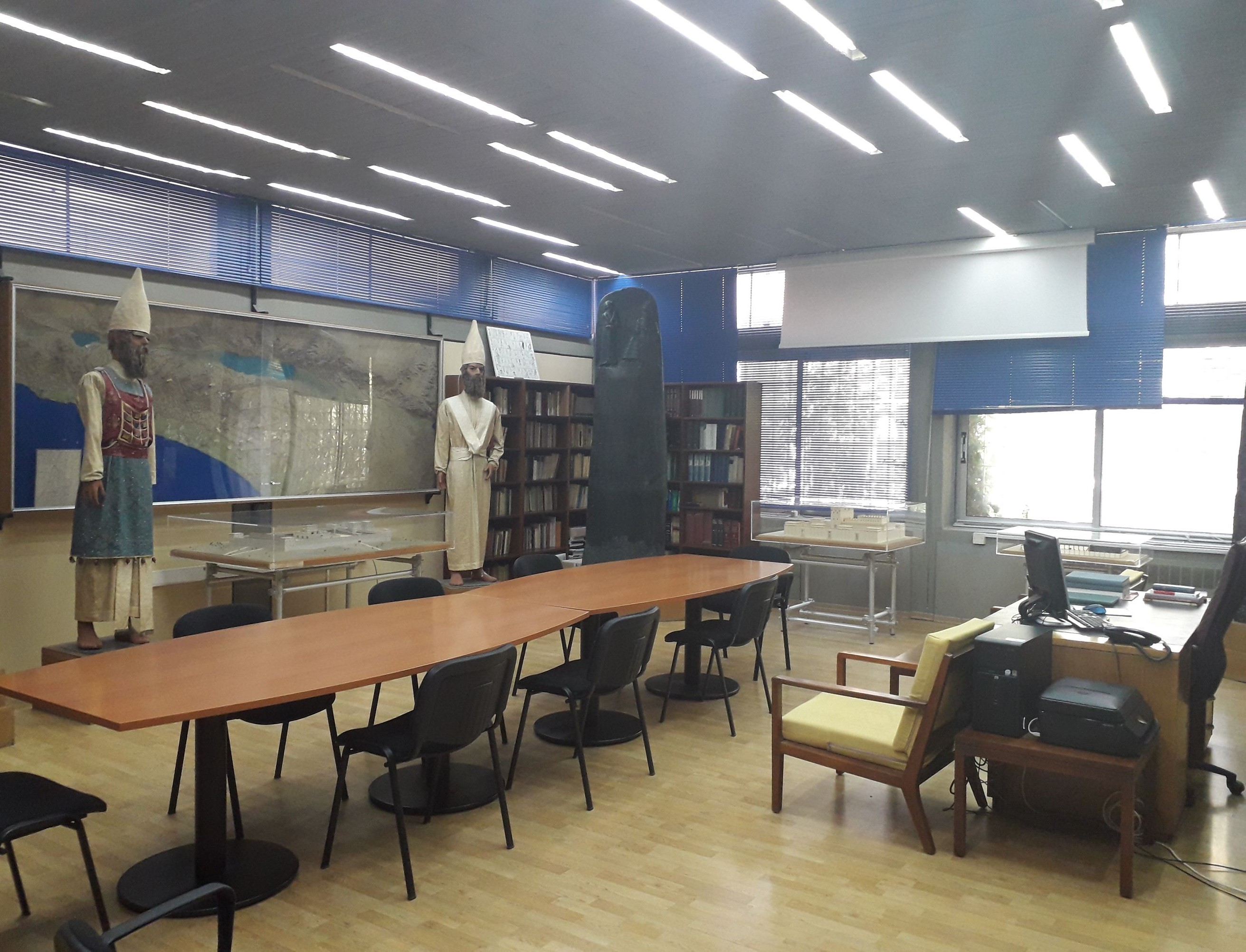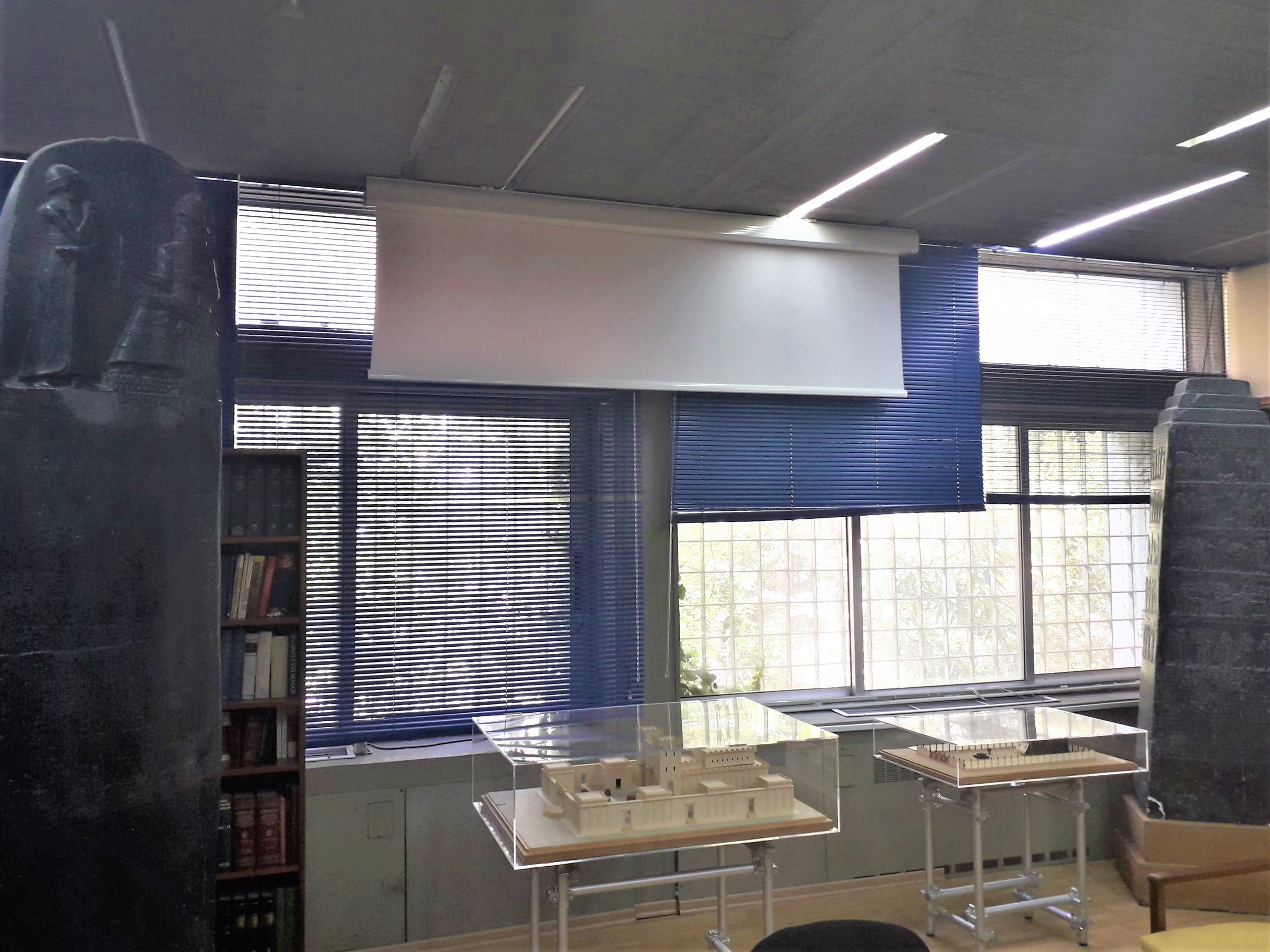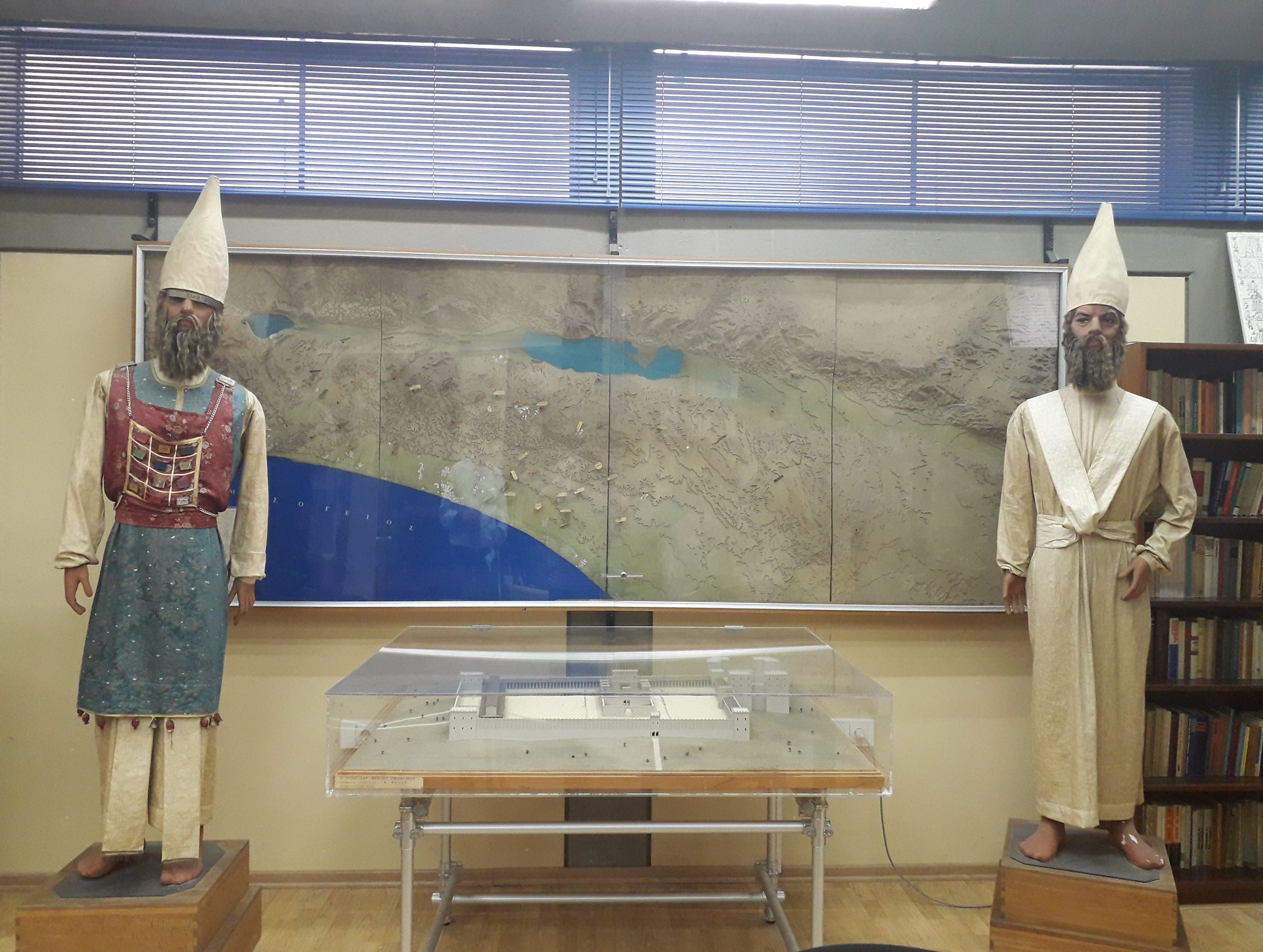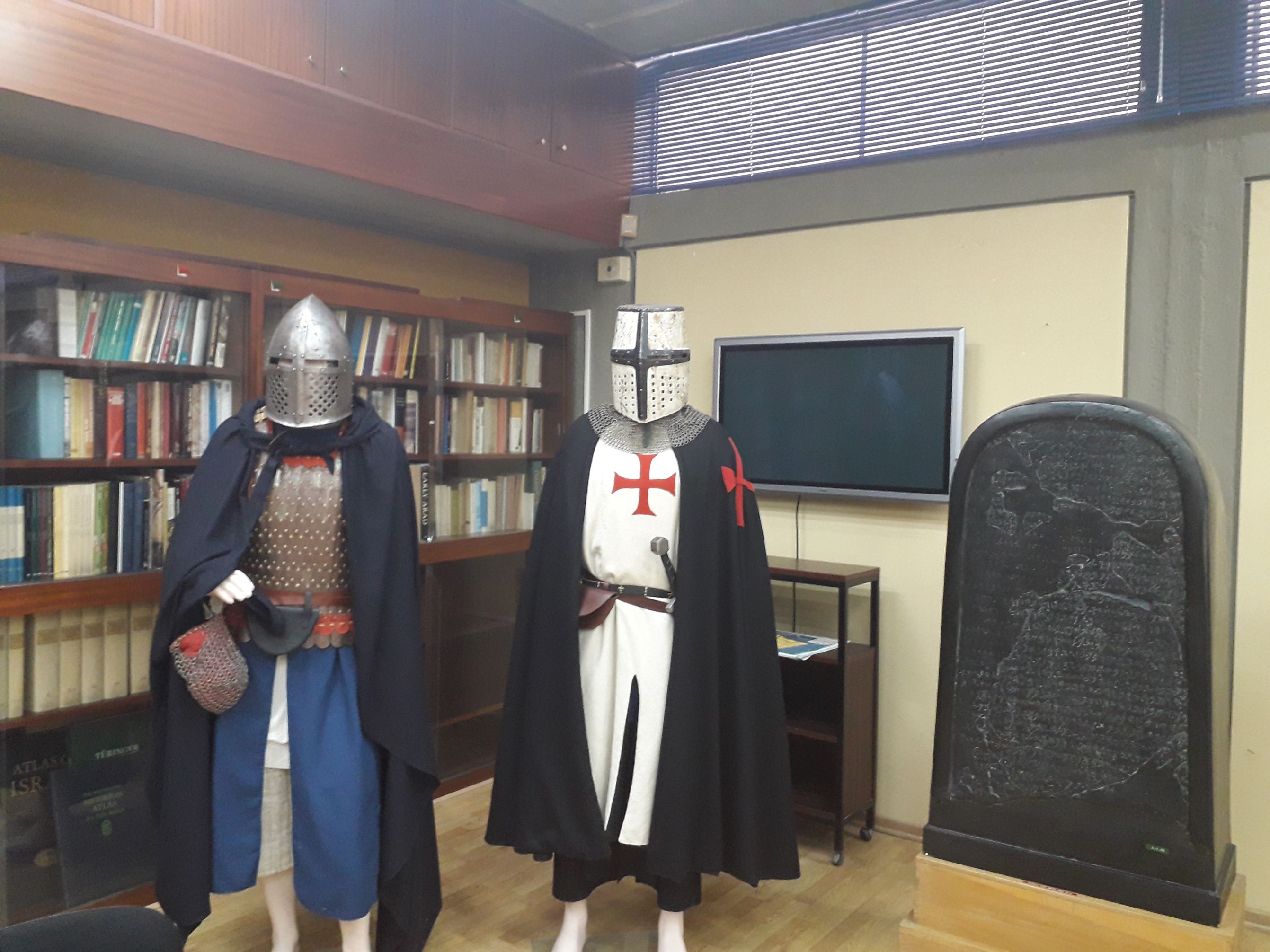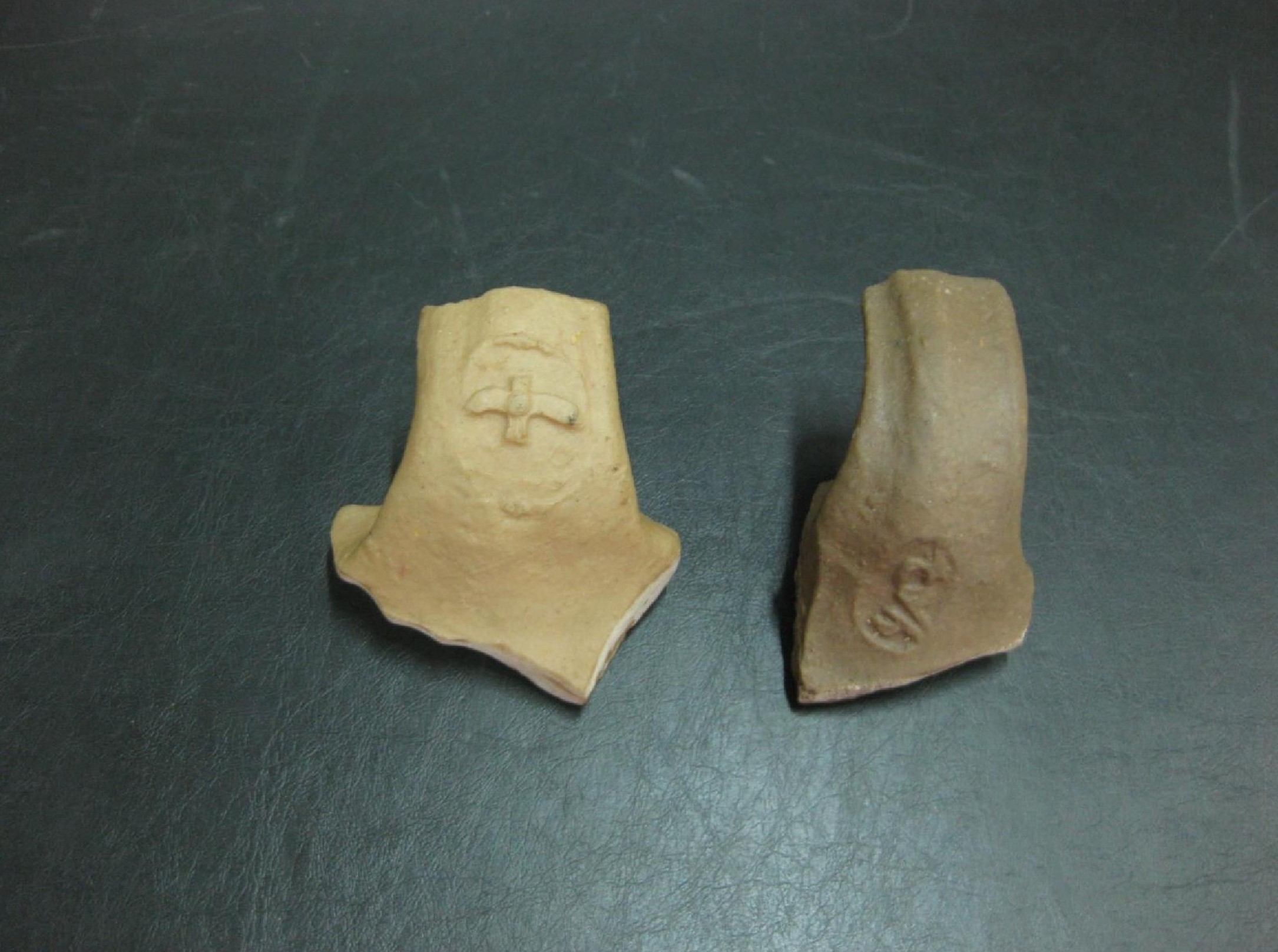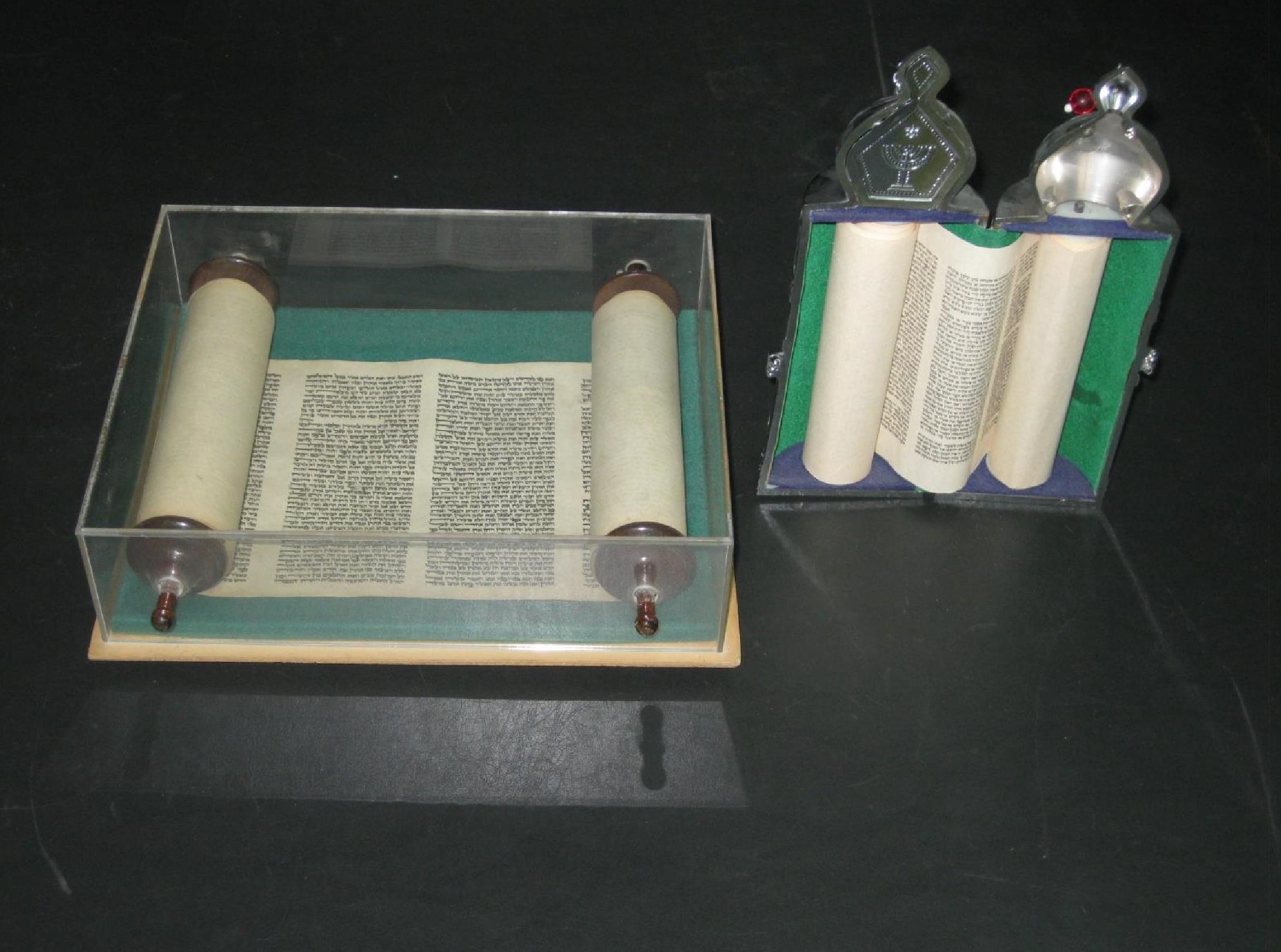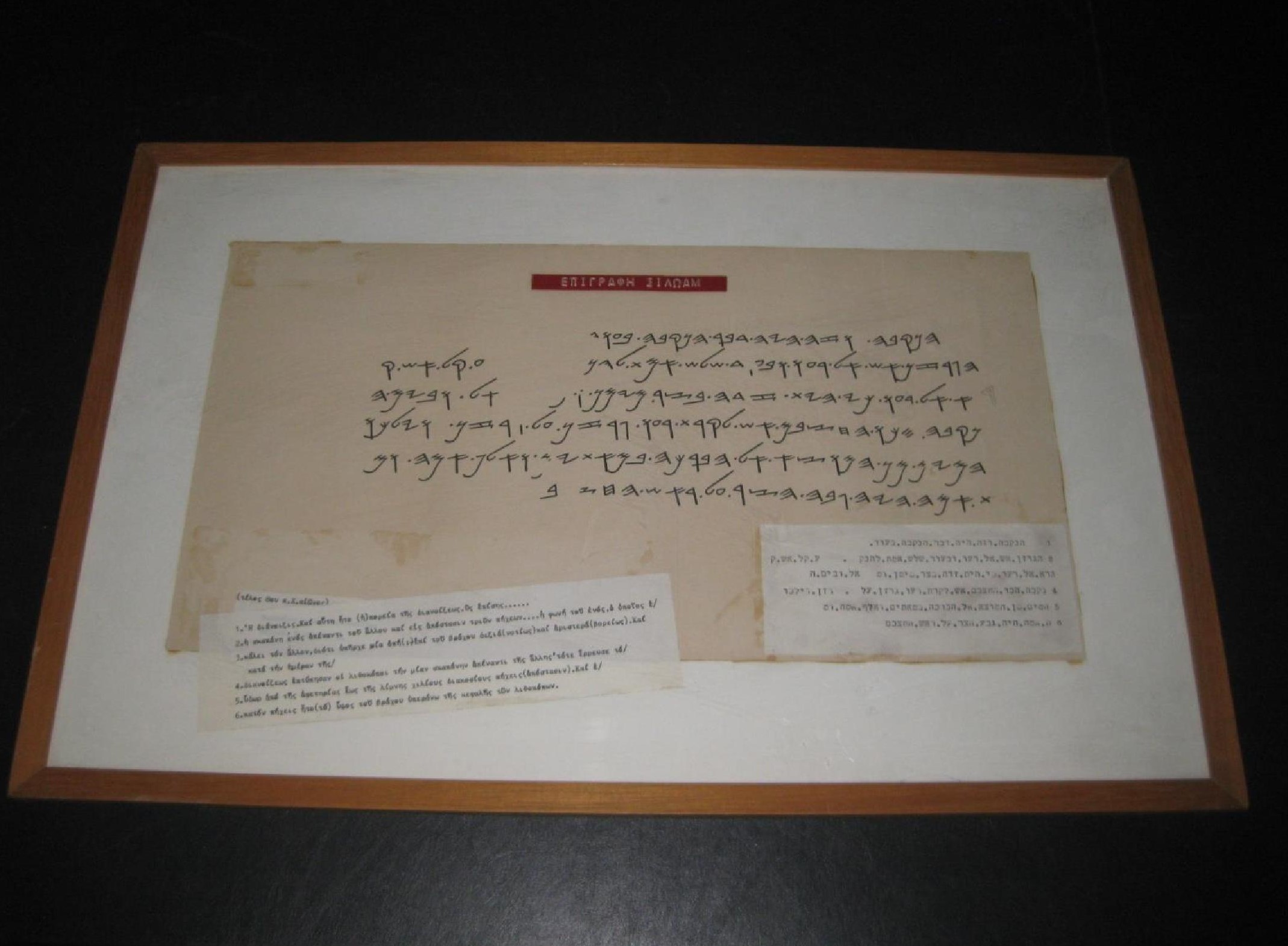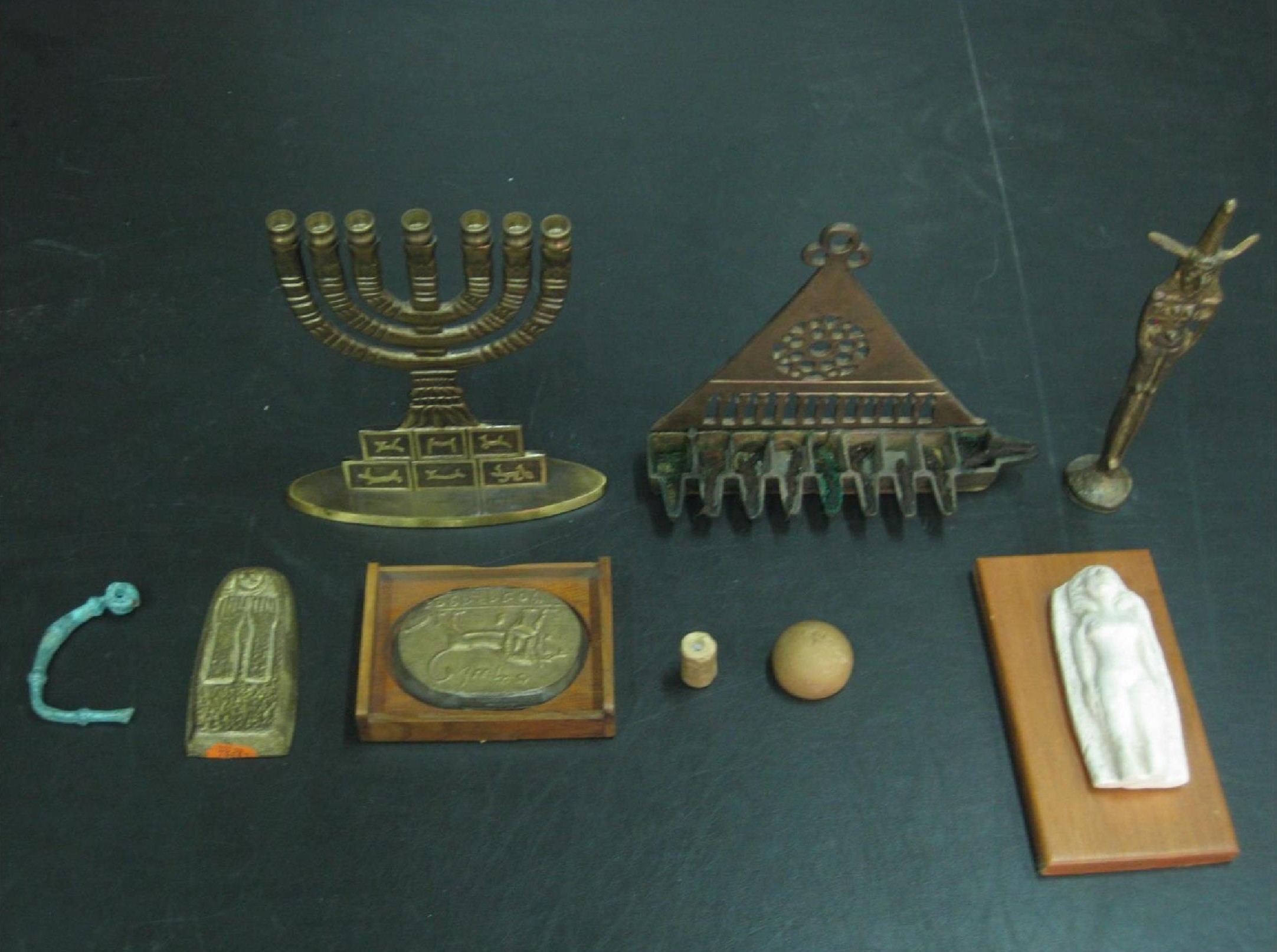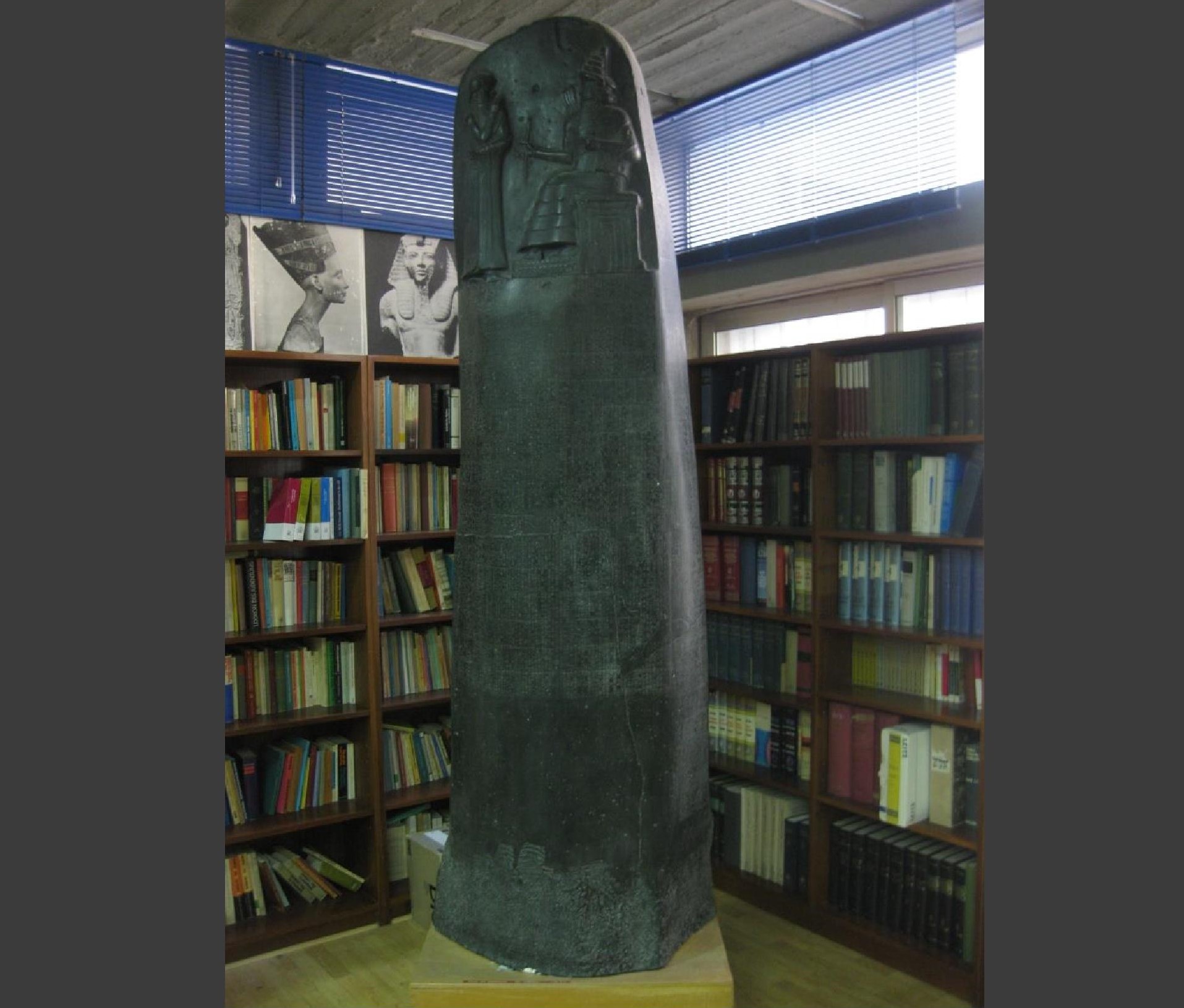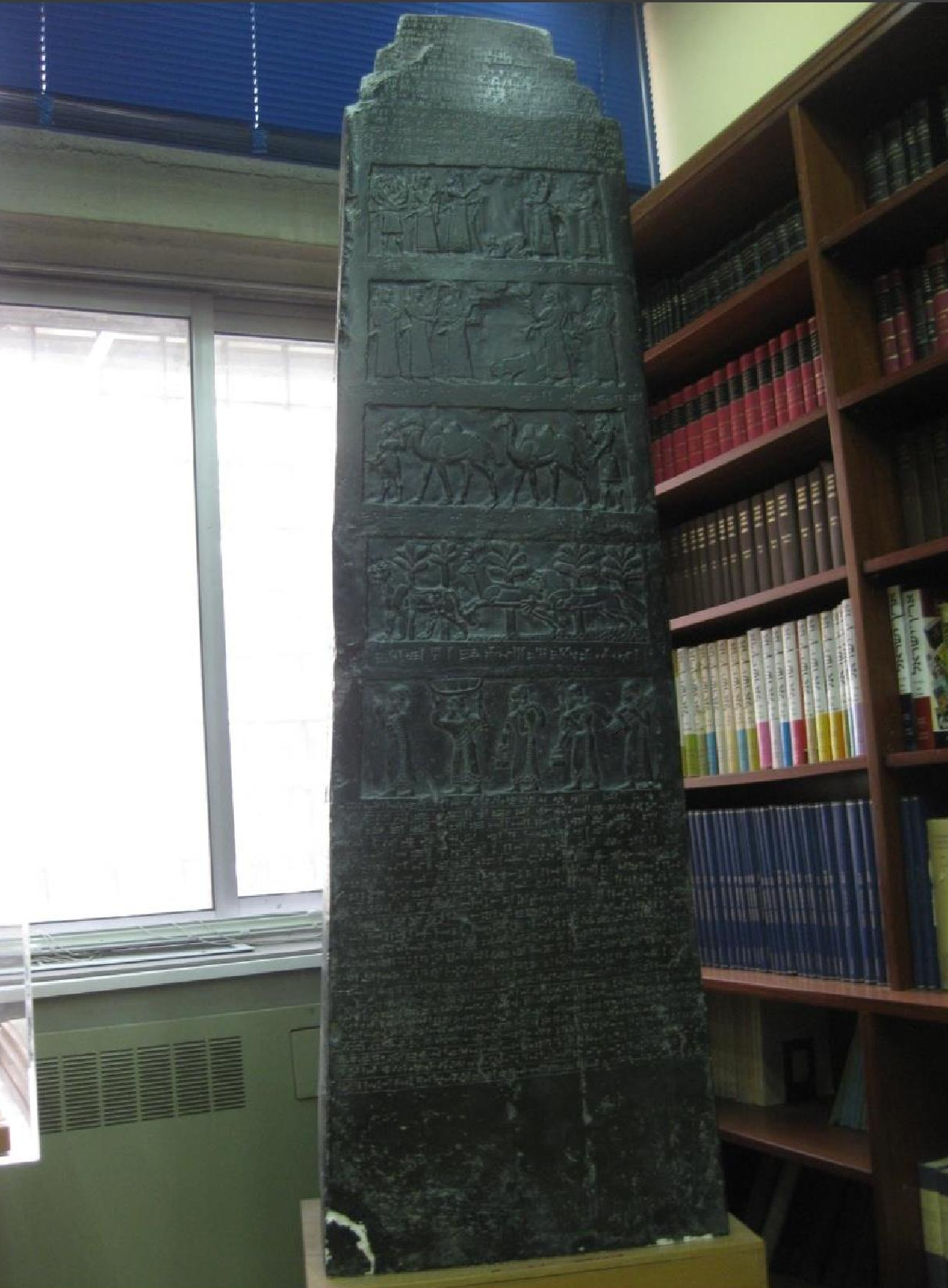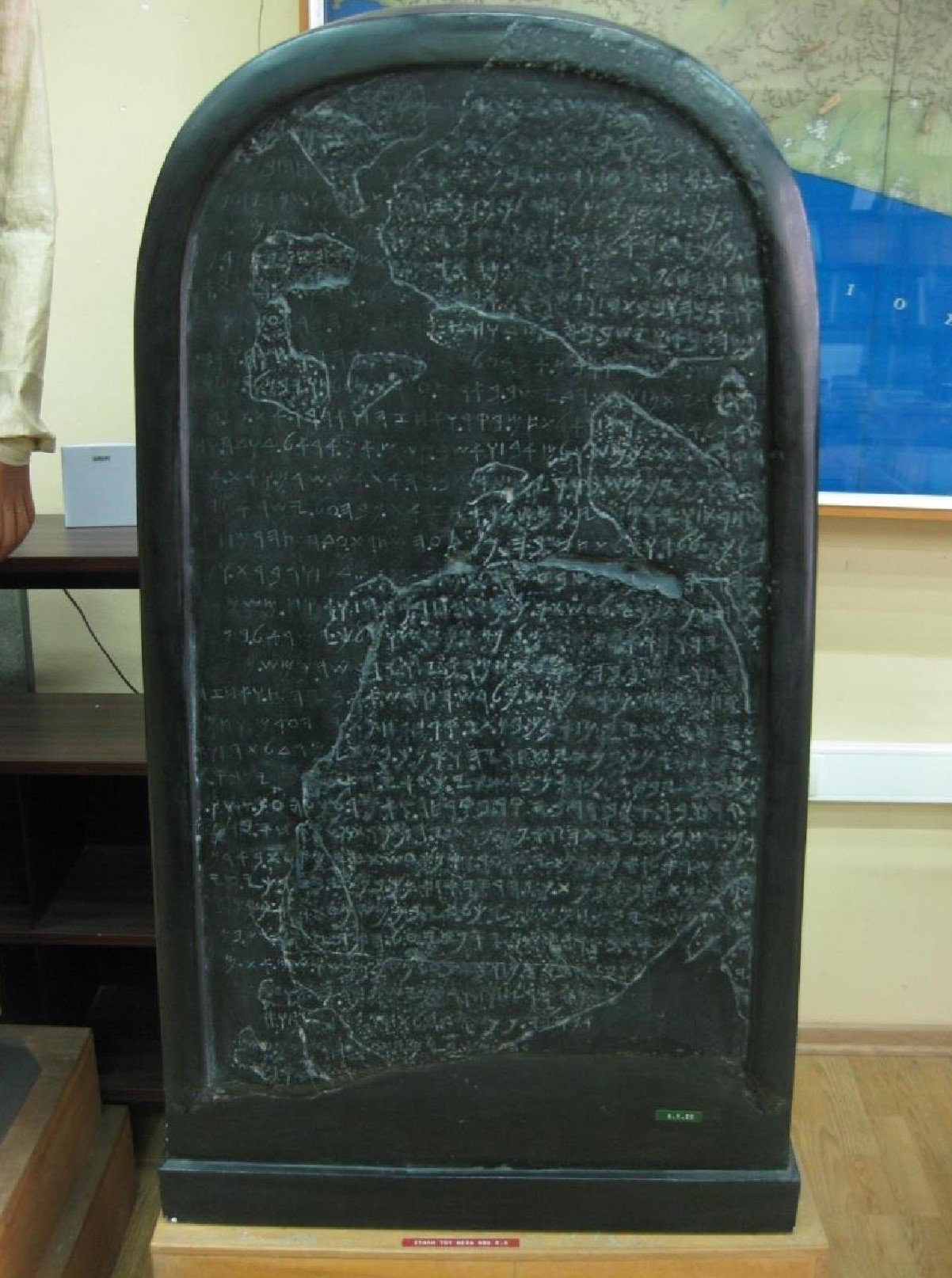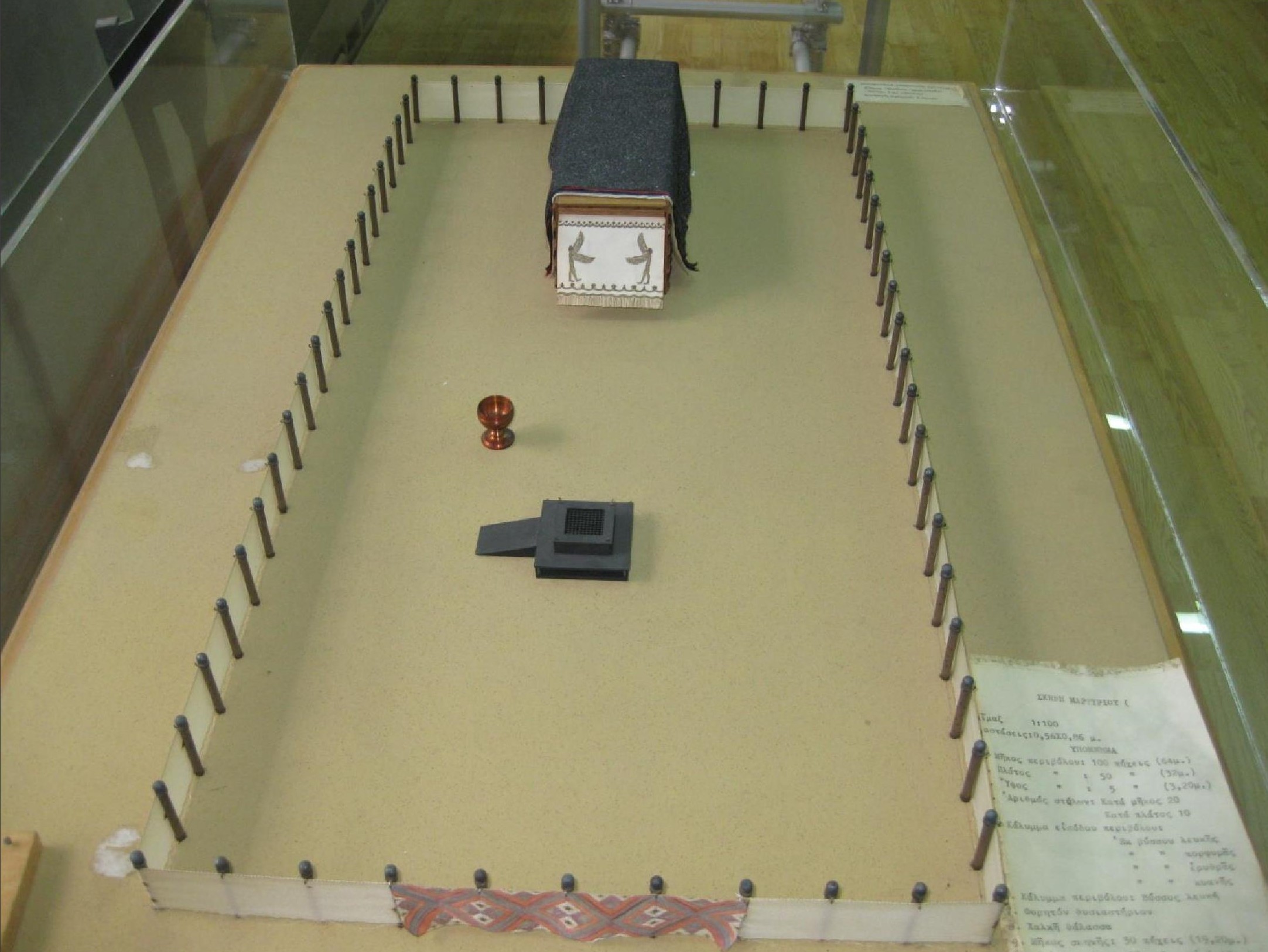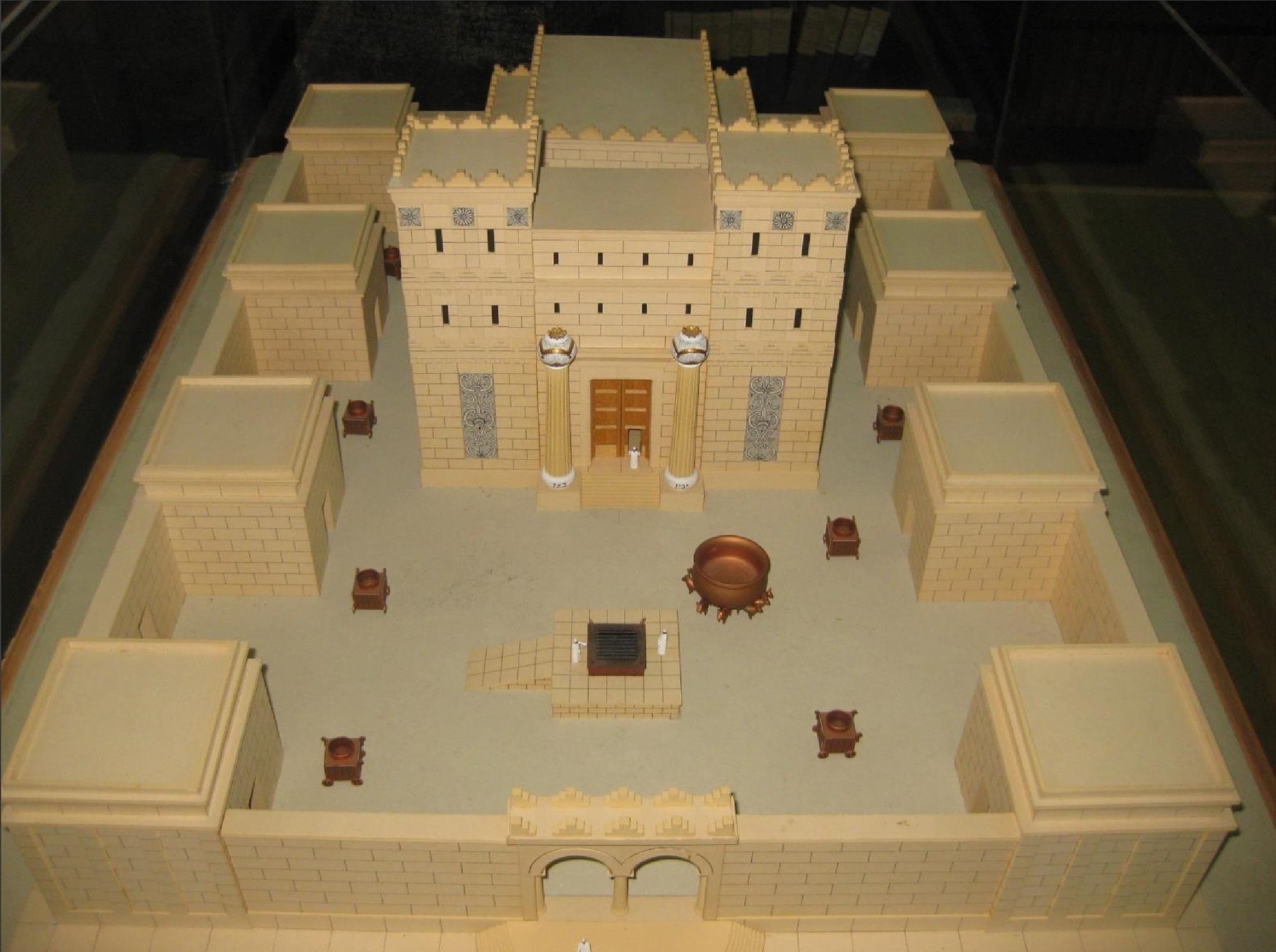Identity
The Museum's purpose is to highlight the Judeo-Christian biblical literature and tradition in the past and the present, with emphasis on the geographical area of the Near East and especially Palestine.
History
The Biblical and Christian Archaeology and Art Museum of the Athens University was founded on the initiative of the late Professor Vassilios Vellas and has been open since 1969.
Types of audiences
It is addressed to students and researchers of theological, religious and the broader humanistic and social sciences interested in research related to Biblical and Judean studies, Christian Archaeology and Art, and the intercultural life of the Mediterranean and the Near East.
Collections & Exhibitions
Reproductions of the stelae of Kings Hammurabi, Salmanasser III, and Mesa, models of the Tabernacle, Temple of Solomon, and Temple of Herod, figure models of priests of Judaism, figure models of Crusaders, and copies of various archaeological findings (seals, utensils, weapons, and sacred texts) from the wider geographical area of Palestine are among the Museum's most significant exhibits.
Events & Activities
The Museum participates in the scientific and educational events of the Theology School. For example, it participated in the 2015 International Conference of the Mediterranean Studies Association (MSA) held in the premises of the Theology School building.
Accessibility
The Museum, like most of the spaces in the Theology School building, is accessible to physically challenged people. At the entrances and staircases, exists appropriate access infrastructure. The Museum's central entrance is spacious and flat, facilitating access to physically challenged people.
Terms of Operation
The Museum's opening hours correspond to the opening hours and specific calendar of the Theology School.
Director: Christos G. Karagiannis, Associate Professor, Theology Department.

